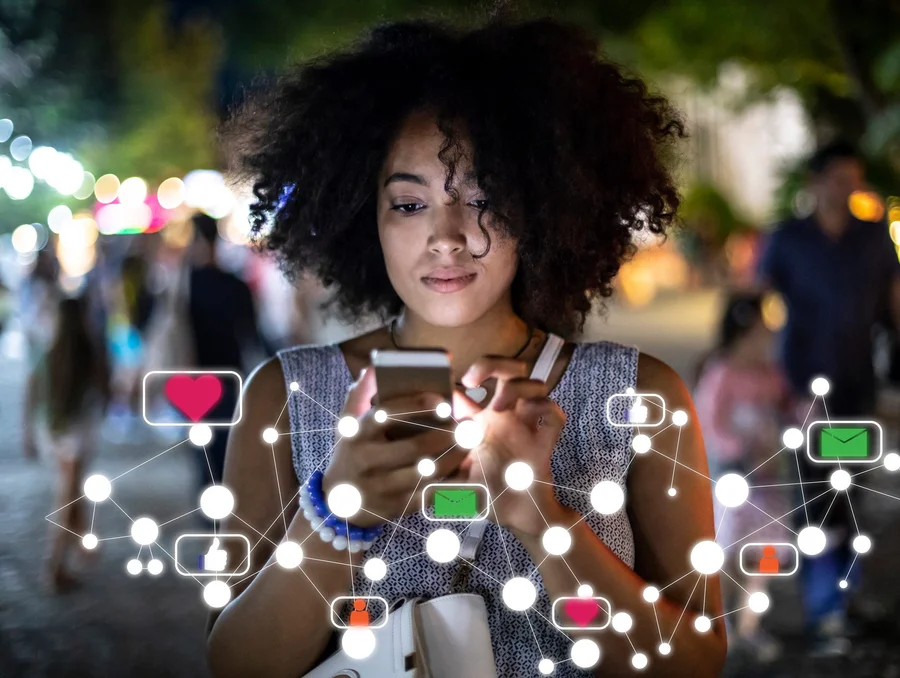An Ericsson study shows 5G delivers 20% higher satisfaction than 4G at major 2024 events, with users willing to pay a premium for guaranteed connectivity.
5G networks are providing a significant improvement to user experience at major 2024 events, according to research from leading telco Ericsson.
The company finds that there is a 20% higher share of 5G users reporting satisfaction compared to 4G users. Likewise, the quality of event-goers’ connectivity and experience of using mobile apps were ten times more impactful on consumer perception than network speeds alone.
“With 5G standalone, operators have a significant opportunity to meet rising user expectations and capitalise on premium services for consumers.” – Jasmeet Sethi, Head of ConsumerLab at Ericsson.
Event-goers are also ready to pay up to an additional 15% on top of ticket prices for guaranteed seamless connectivity, Ericsson notes.
Transforming customer experiences
There were several major events taking place across Europe in 2024, including the Paris 2024 Olympic Games, the The UEFA European Football Championship and the Taylor Swift Eras Tour concerts. As a result, there was a significant focus on building out 5G infrastructure in anticipation of high mobile traffic demands to see how 5G could deliver improved connectivity in these challenging environments.
Network performance data from these events demonstrate that 5G networks provided a significantly improved user experience compared to 4G, according to Ericsson. Ericsson ConsumerLab polled a sample of consumers representing 14 million fans who attended these significant events about their prior experience and expectations.
The results found that two out of three 5G users reported their expectations for connectivity were met or exceeded.
TAYLOR SWIFT CONCERTS:
- 5.4 TB of data consumed per night by attendees
“While network speed is important, it’s not the most important factor—our findings show that user satisfaction [of 5G] is driven more by the consistency and quality of app performance,” says Jasmeet Sethi, Head of ConsumerLab at Ericsson.
“As previous ConsumerLab studies have already shown, poor experience can have a lasting impact on customer loyalty, and these results underline that users are willing to pay more for guaranteed service quality. This means that, with 5G standalone, operators have a significant opportunity to meet rising user expectations and capitalise on premium services for consumers seeking assured quality of experience.”
2024 PARIS OLYMPIC GAMES:
- 20% increase in daily uplink data traffic in Central Paris
Ericsson’s study also finds that consumers are willing to pay a premium for guaranteed connectivity and app experience during events. During peak moments of network usage of congestion, users continued to report issues around network dropouts and inconsistent experiences using apps, which Ericsson’s findings show is ten times more impactful on their perception than network speeds.
The power of 5G
Mobile phones are in constant use at concerts, festivals and sporting events, with visitors sharing their high-resolution videos, stories and reels on social media to share their experience with others. This keeps mobile networks really busy, causing operators to take major events like the ones listed above into account and plan ahead with extra infrastructure to keep people connected.
In light of this study, Ericsson explains that 5G standalone would allow operators to best meet this requirement by allowing them to reserve a part of their network to provide assured quality of experience for specific users or apps.
Jenny Lindqvist, Head of Market Area Europe and Latin America at Ericsson, explains: “5G is already having a transformative impact on consumers at major events, allowing for more users to live stream or share their experiences.
“Looking ahead, differentiated connectivity will allow operators to cater for individual user needs and expectations, for instance through guaranteed premium connectivity. This will lead to even higher customer satisfaction and create new revenue opportunities for the operators.”



